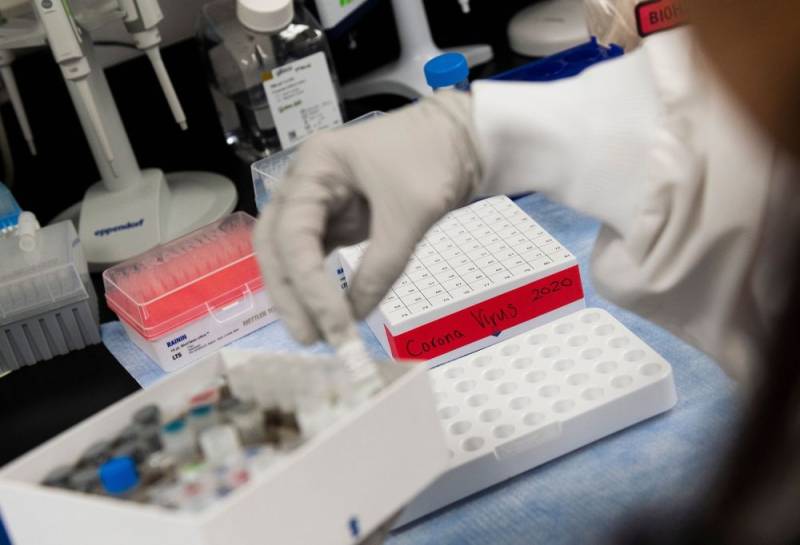
In the battle against COVID-19, scientists at Oxford University are taking the lead. To make the vaccine available by September, emergency approvals will be required so that the first few million doses of Oxford’s vaccine could be available.
While other research teams are conducting smaller clinical trials, scientists at Oxford University’s Jenner Institute will test their vaccine in over 6,000 people by the end of month, the New York Times reports.
The team has had success in creating vaccines in the past as well. They now aim to test the effectiveness and safety of corona vaccine. The team began a Phase I clinical trial giving dosage to 1,100 people and checked the safety results. In the coming weeks, more than 5,000 people will be injected to test efficacy of the vaccine.
Meanwhile, new preliminary results from a National Institute of Health (NIH) animal study are raising expectations for the Oxford vaccine. In Montana, USA, scientists found that corona exposed six rhesus macaque monkeys, in contrast to other monkeys, remained healthy after they were exposed to coronavirus. Caution is needed because immunity in monkeys does not mean a vaccine will work for humans. While rhesus monkeys offer one of the closest animal parallels to humans, scientists are still analyzing the results before sharing them in publications.
Oxford’s previous vaccines were manufactured at a scale large enough to provide million doses, thereby creating a hope that mass scale production for deadly corona pandemic could be possible.
While donor funding is pouring, some experts say that there should not be any conflict or race over licensing for vaccine production or making money out of this pandemic.
Work continues on more than 90 vaccines
As reported in Nature, scientists are at work on more or less 90 vaccines worldwide with different vaccine strategies. Phases vary from testing on animals to human trials. What does a vaccine do? Vaccines empower the immune system to create antibodies that could kill off a threatening virus.
According to Nature, 70% of the groups working on vaccine research belong to industrial or private firms.
While other research teams are conducting smaller clinical trials, scientists at Oxford University’s Jenner Institute will test their vaccine in over 6,000 people by the end of month, the New York Times reports.
The team has had success in creating vaccines in the past as well. They now aim to test the effectiveness and safety of corona vaccine. The team began a Phase I clinical trial giving dosage to 1,100 people and checked the safety results. In the coming weeks, more than 5,000 people will be injected to test efficacy of the vaccine.
Meanwhile, new preliminary results from a National Institute of Health (NIH) animal study are raising expectations for the Oxford vaccine. In Montana, USA, scientists found that corona exposed six rhesus macaque monkeys, in contrast to other monkeys, remained healthy after they were exposed to coronavirus. Caution is needed because immunity in monkeys does not mean a vaccine will work for humans. While rhesus monkeys offer one of the closest animal parallels to humans, scientists are still analyzing the results before sharing them in publications.
Oxford’s previous vaccines were manufactured at a scale large enough to provide million doses, thereby creating a hope that mass scale production for deadly corona pandemic could be possible.
While donor funding is pouring, some experts say that there should not be any conflict or race over licensing for vaccine production or making money out of this pandemic.
Work continues on more than 90 vaccines
As reported in Nature, scientists are at work on more or less 90 vaccines worldwide with different vaccine strategies. Phases vary from testing on animals to human trials. What does a vaccine do? Vaccines empower the immune system to create antibodies that could kill off a threatening virus.
“At least seven teams are using a weakened or inactivated form of the virus; about 25 teams are using a genetically engineered version of a different virus to produce coronavirus proteins; about 20 teams are using nucleic acid (either RNA or DNA) to instruct the body’s cells to produce virus proteins; and about 28 teams are working on vaccines that rely on viral proteins, most of which focus on the virus’s spike protein.”
According to Nature, 70% of the groups working on vaccine research belong to industrial or private firms.
